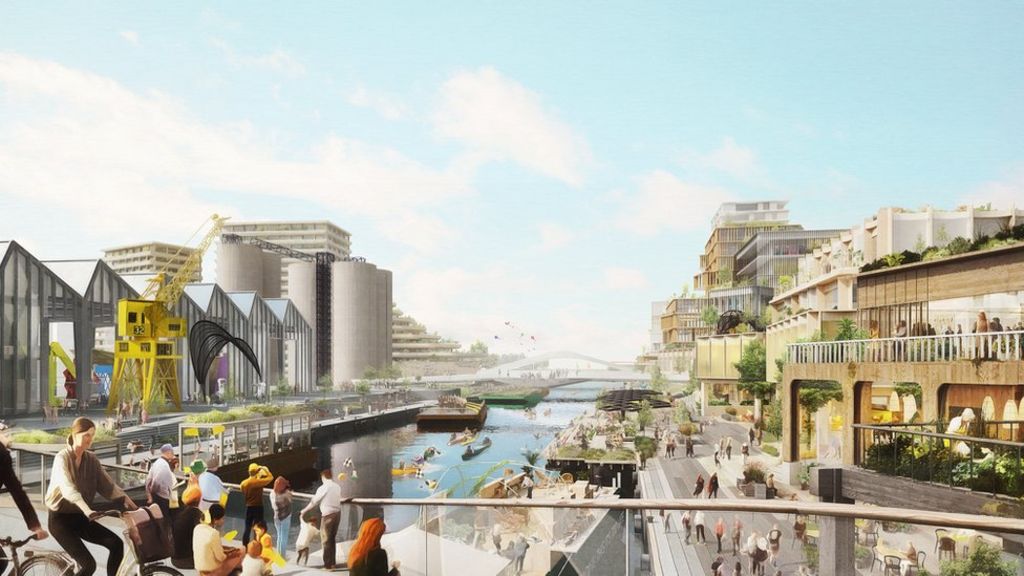There are a few cities that used to be great but are on the decline. To fit into this category I am looking for cities that had populations of at least 500,000 in 1950 and have decline at least 20% since then. What cities match this?
Cleveland, Ohio had a peak population of 914,000 in 1950. It had 397,000 in 2010 and is currently estimated to have 385,000 in 2017.
St Louis, Missouri had a peak population of 857,000 in 1950. It had 319,000 in 2010.
Baltimore, Maryland had a peak population of 950,000 in 1950. It had 621,000 in 2010 and is currently estimated to have 612,000 as of 2017.
Detroit, Michigan had a peak population of 1,850,000 in 1950. It had 714,000 in 2010 and is currently estimated to have 659,000 as of 2018.
Are there any other cities that are similar?
Washington DC had a peak population of 802,000 in 1950. It dropped to a low of 572,000 in 2000 before recovering and now as of 2017 has 694,000. So it was following the same trends but reversed itself.
Chicago, IL, (just the city, not the metro area) had a peak population of 3,621,000 in 1950. It dropped to 2,696,000 as of 2010. Its current population is estimated at 2,716,000 as of 2017.
Philadelphia, PA, had a peak population of 2,072,000 in 1950. It had 1,526,000 as of 2010 and 1,581,000 as of 2014, so it is starting to recover a little bit.
Cincinnati, OH had a peak population of 504,000 in 1950. It had 297,000 in 2010 and 303,000 in 2018.
Buffalo, NY had a peak population of 580,000 in 1950. It had 261,000 in 2010 and 257,000 in 2016.
New Orleans, LA had a peak population of 628,000 in 1960. It had 485,000 in 2000. The Hurricane Katrina hit in 2006 causing a mass evacuation. It had 344,000 in 2010 and is estimated to have 391,000 in 2018.
Pittsburgh PA had a peak population of 677,000 in 1950. It had 306,000 in 2010 and is currently estimated to have 301,000 in 2018.
Boston, MA had a peak population of 801,000 in 1950. It had 621,000 in 2010 and is currently estimated to have 695,000 in 2018. So it has recovered a bit.
Milwaukee, WI had a peak population of 741,000 in 1960. It had 595,000 in 2010 and 592,000 in 2018. This is right at 80%, so it isn't quite as bad as some of the others.
Minneapolis, MN had a peak population of 521,000 in 1950. It had 383,000 in 2010 and 422,000 in 2017. It has recovered a bit.
================================
I think that is the complete list. 14 Cities. But take off the 5 that aren't as bad. And so here is the list (in no particular order) of the 9 worst cities in the United States.
Cleveland
St Louis
Baltimore
Detroit
Chicago
Cincinnati
Buffalo
New Orleans
Pittsburgh
What is it about these 9 cities that is so toxic? Sure, each of them has unique circumstances, but there must be some commonalities. And you could object that the metro areas of most of these cities is still increasing, and the inhabitants just wanted to move to the suburbs. But why is the core city so bad? I will write some more articles exploring this question.
===========================
Here is an article on
Buffalo:
https://www.city-journal.org/html/can-buffalo-ever-come-back-13050.html
Pittsburgh -
https://www.huffpost.com/entry/pittsburghs-hill-district-dream_b_1669867
St Louis -
What derailed growth in St Louis
Cincinnati is starting to recover. See
How Cincinnati Salvaged the Nation's Most Dangerous Neighborhood. But also see
Spike in homicides in Cincinnati has community, leaders baffled. "Eight homicides in the past 10 days is hard to get your head around." So Cincinnati doesn't get off the list yet.

